Who is the next geologist to board the moon?
Author:Institute of Geological Earth Time:2022.07.29

The first scientist to board the moon
At 3:54:57 on December 12, 1972, Beijing time, the challenger's monthly cabin landed in Taurus-Littrow Moon Valley in the southeast of Mare Serenitatis. The moon ushered in the last batch of lunar landlords of the Apollo plan, and also ushered in the first scientist to land on the moon: astronaut and Harrison Hagan Schmitt.
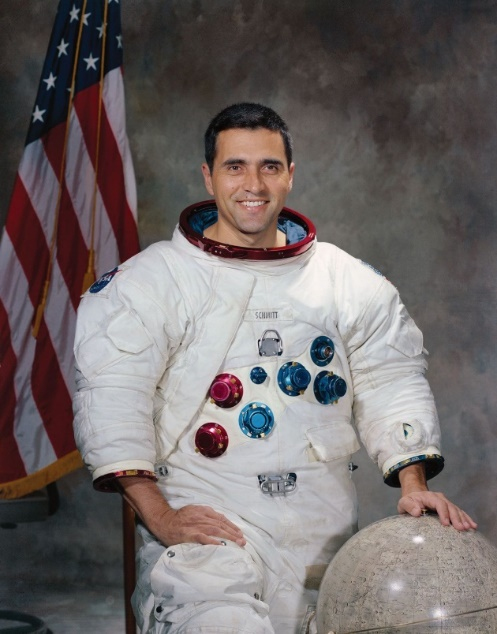
Harrison Hagan Schmitt | NASA.GOV
Schmidt was born in Santa Rita in New Mexico. In 1957, he graduated from the California Institute of Geology, and then continued to study geology at Oslo University in Norway. Based on his wild geological work in Norway, Schmidt obtained a Ph.D. in Geology at Harvard University in 1964. After graduating, he joined the U.S. Geological Survey Center Center of the United States Geological Survey (U.S. Geology Survey), which is located in Flagstaff in Arizona. Essence
In June 1965, Schmidt was selected into the National Aerospace Administration (NASA) the first batch of scientists Scientist-Astronauts. He played an important role in the training process of Apollo's crew: trains them to describe the moon surface by geologists, and can accurately choose moon watch sample specimens after the moon landing. After each lunar landing mission, he also participated in the research and evaluation of specimens and helped the lunar astronaut to complete the scientific content in the task report.
In March 1970, Schmidt became the first scientist astronaut to be assigned to the space flight, and Richard F. Gordon (Jr., Commander) and Wanz Brandaid (Vance Brand, commander pilot) together formed a reserve unit of Apollo 15, and it was also the starting unit of No. 18 Apollo.
In September 1970, the Apollo 18 and No. 19 mission were canceled due to the tight budget of the United States Astronum Astronum. The geologists in the Apollo plan strongly recommend that a professional geologist must be entered to the moon and allowing the trained geologists to directly investigate the moon during the final journey of Apollo. They put pressure on NASA, demanding that Schmidt was adjusted to Apollo 17 mission.
In August 1971, Schmidt was assigned to take over Joe Engle to serve as the lunar -launching driver of the Apollo 17 mission to perform the last task of Apollo. At the same time, Schmidt became the only scientist in the Apollo plan.
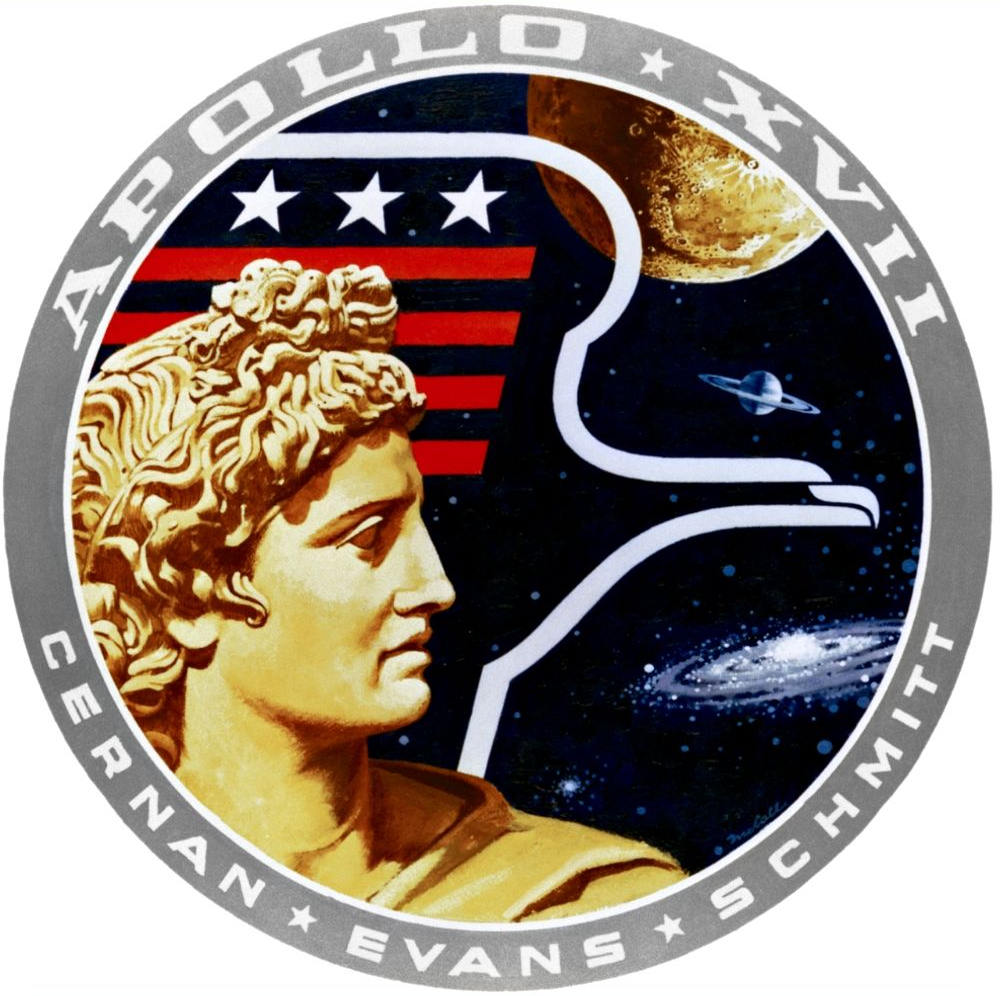
Apollo No. 17 mission badge
In the three moon walks of Apollo 17 mission, Schmidt and commander Eugene A. Cernan collected 111 kg of moon samples together. When set foot on the surface of the moon for the first time, Schmid said with emotion:
"If there is a paradise for geologists in the universe, that's it!"
"IT’ s a good geologist ’s paradise if I ’ve Ever Seen One!"
Geological scientist's "paradise"
The reason why the Apollo 17 mission chose Taoras-Litro Moon Valley as the landing site because it may obtain a sample of the old-fashioned lunar highland higher than the rainy sea, and there may be new volcanic activities. In the process of mission demonstration, Schmidt and other scientists have suggested that Tsiolkovskiy Crater, located on the back of the moon as the landing location.
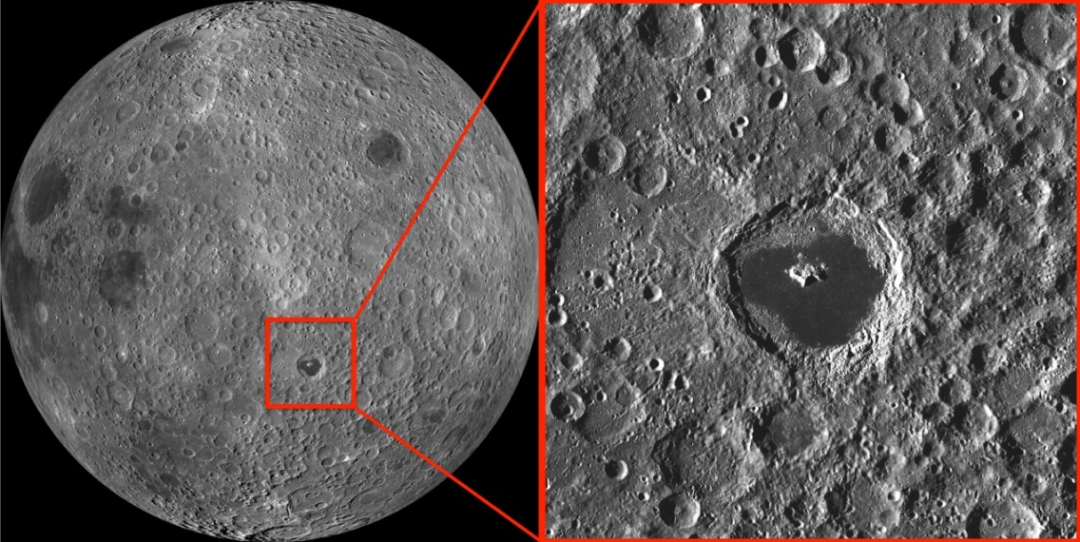
The moon (left) and the Czekovsky Circle Mountain (right) shot by the moon reconnaissance rail wide -angle camera [NASA/GSFC/Arizona State University].
The Circle Circle Mountains of Ziolkovsky is located at 20.38 degrees north latitude and 128.97 degrees east longitude. It is a large impact pit. The impact pit has a length of about 184 kilometers in diameter and a volume of about 3745km3. There is a 3200 -meter -high peak in the center. The bottom of the pit is covered with the front of the moon, but the dark moon sea Xuanwu rock is rare on the back of the moon. There are many moon sea basalt in the east and south of the pit, and there is a prominent bay in the west to the northwest. The remaining parts of the material are consistent with the material reflectances around the impact pit.
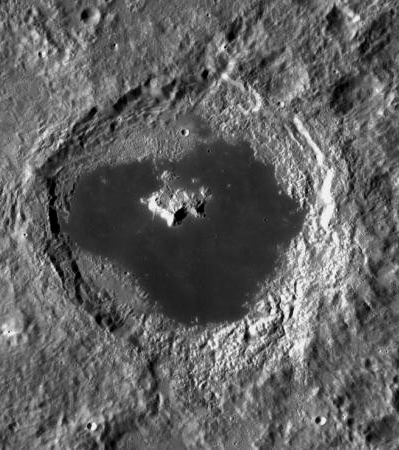
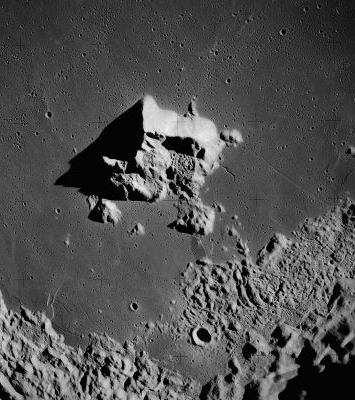
Apollo 17 shot Ziorekovsky ring-shaped mountain panorama (left) and the south of the Central Peak (AS17-139-21302)
Geologists such as Schmidt believe that this place may be able to collect ancient samples from deep in the moon. However, NASA believes that the idea is too adventurous and rejected. In the end, the samples collected by Apollo 17 at Turner Et Al., 1973), the samples collected by Apollo 17 at Turner Et al., 1973. However, the judgment of Schmidt and others is accurate. A recent study shows that the Circle Circle Mountains of Ziolkovsky were formed on a celestial body of a celestial body 3.5 billion years ago (Boyce ET Al., 2020). Not only is the Cyolkovsky ring mountain on the moon, No. 1590 asteroid on Mars and Jupiter's orbit is also called Ziolkovsky planet.
Who is Ziolkovsky? Why is this unique ring -shaped mountain on the back of the moon and an asteroid named after his name?
Father of Aerospace: Constantine Czekovsky
"Earth is the cradle of human beings, but human beings cannot be bound in the cradle forever. They are constantly striving for the survival world and space. At first, they carefully wear the atmosphere, and then conquer the entire solar system." - Constantine Zio Erkovsky
Konstantin Tsiolkovsky (Konstantin Tsiolkovsky, September 17, 1857 -September 19, 1935), the founder of modern Aerospace was known as the father of aerospace.
Constantin Czekovsky
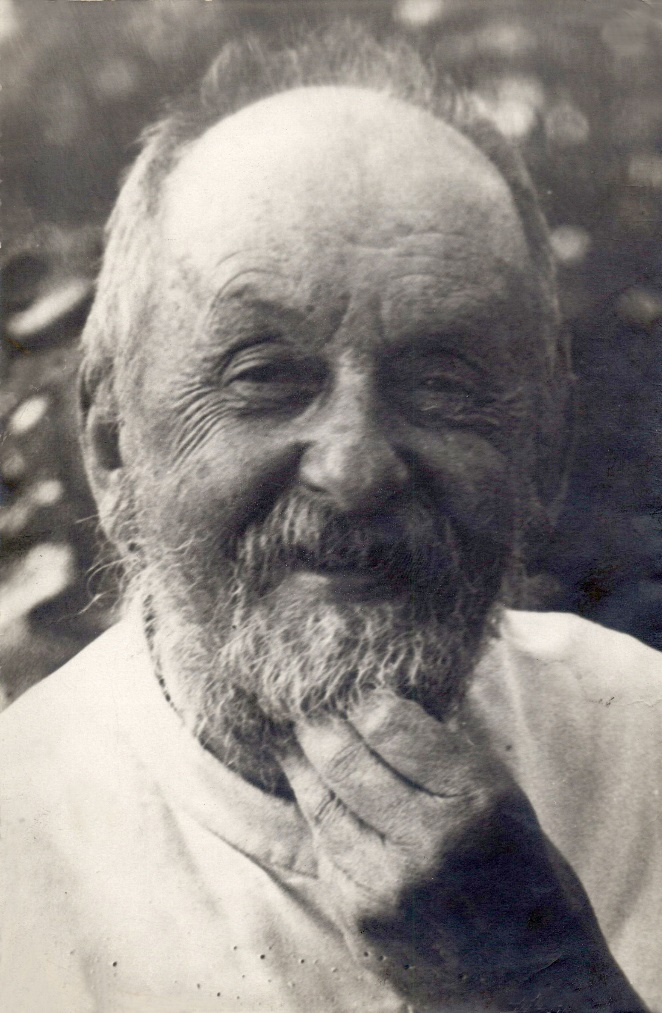
Credit: Archive of Russian Academy of Sciences
In 1867, 10 -year -old Ziolovsky got a severe cold during skiing, resulting in scarlet fever, and eventually almost completely lost hearing. God closes a door to Ziorevsky while opening a window for Ziolkovsky! Later, he recalled: "My ears are almost deaf, so it has become the target of neighboring children. This physiological defect has caused me to be alienated, but it makes me study hard and use fantasy to forget all my troubles. "
During the reading process, the problem of interstellar navigation has strongly attracted Jilikovsky. In 1873, when thinking about achieving space flight, 16 -year -old Ziolkovsky suddenly thought that he could use centrifugal force as a way to lead to interstellar space. He later recalled: "At that time, I was so happy that I couldn't fall asleep all night. I slowly wandered on the streets of Moscow and kept thinking about the great meaning of this discovery. But the next day, dawn I finally realized that my reasoning was wrong. "
In 1881, Ziolkovsky submitted a gas dynamics theory entitled "Theory of Games" to the Russian Institute of Physics and Chemistry. The scientists in the society were very surprised after seeing his papers: the content and conclusions of the paper were completely correct, but this problem was successfully resolved as early as 20 years ago. Scientists have not regarded this young man as scammers or plagiarists. They believe that the young scholar may have a lack of contact with the outside world and does not know that his "discovery" has been out for many years. The famous scientist Dmitry Ivanovich Mendeleev wrote a cautious letter to Ceorkovsky, appreciated his work and achievements, and encouraged him. He hoped that he would achieve greater results in the future Essence After his second article "The Mechanics of the Animal Organism" was published, the Russian Institute of Physics and Chemistry was deeply impressed by the young man's ideological independence and invited him to become a member of the Society.
The work of gas experiments inspired Czekovsky's theoretical book "Free Space". In this book, he first tried to describe the meaning of the universe on humanity and the impact of vacuum and weight loss on future space travel. The book was completed in 1883, and it was not published in 1956 until the death of Ziolkovsky. The manuscript of this book also contains a sketch, which is considered to be one of the earliest depictions of Aerokovsky on the spacecraft; a stick figure that shows the space traveler in the state of weight; Among the machines used to push the aircraft flying in vacuum; and the original gyroscope that controls the ship forward in the direction of space.
In the manuscript of "Free Space", the first spacecraft designed by Ziolkovsky (top) and depicting the state of weightless state (below)
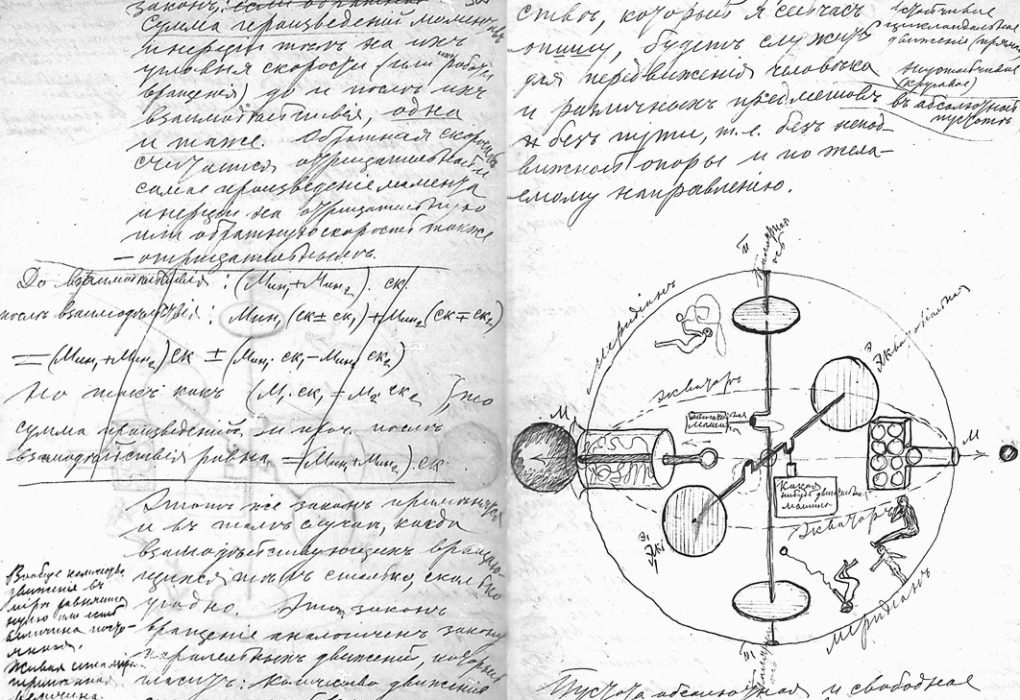
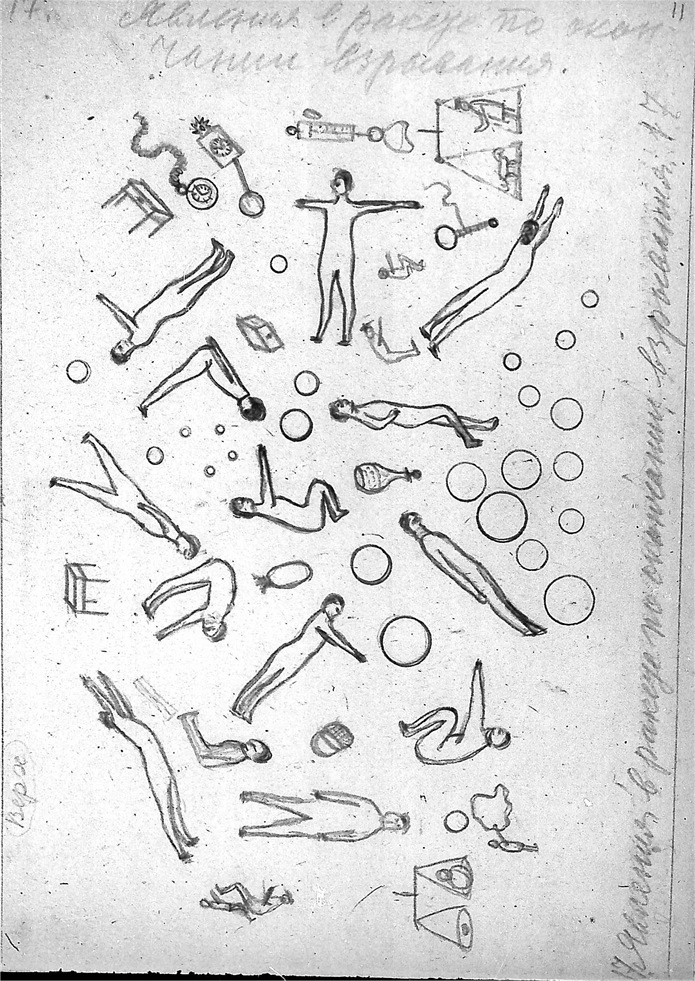
In 1897, Ziolkovsky derived the famous Rockets sports equation: ΔV = VE*LN (M0/M1). It was later discovered that in 1813, William Moore, a well -known British mathematician, has derived the principle in the article "A Treatise on the Motion of Rockets" and was applied to the initial weapon development by the Royal Military Academy of the United Kingdom. Since Moore's theory has never been published publicly, Ziolkovsky was independent and publicly published for the first time, and the rocket sports equation has been widely recognized worldwide. Therefore, this equation is still known as "Ziao Erkovsky Rocket Sports Equation ". In 1898 − In 1914, Ziolkovsky's works systematically established a theoretical basis for aerospace.
The spacecraft designed by Ziolkovsky (left) and the 1936 Soviet film "COSMIC Voyage" based on this space spacecraft model (right) | National Air and Space Museum, Smithsonian Instification
After a study of the Rockets Sports Theory, Ziolkovsky studied and looked forward to interstellar navigation issues. These stages include: rockets, rockets, artificial satellites, manned spacecraft, space factories, space bases, solar energy full use, outer space travel, planetary base, and star -stars. His proposal in spacecraft using plants to produce foods and oxygen, rely on rotation to generate gravity, and better use solar thoughts such as solar energy is still the research direction of the aerospace field.
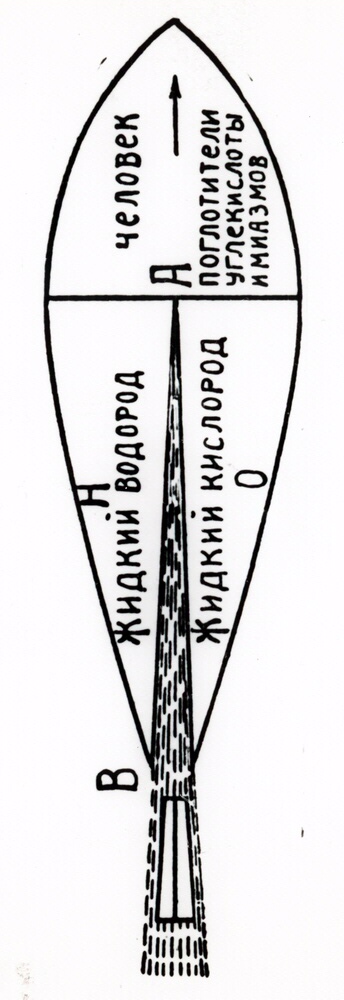
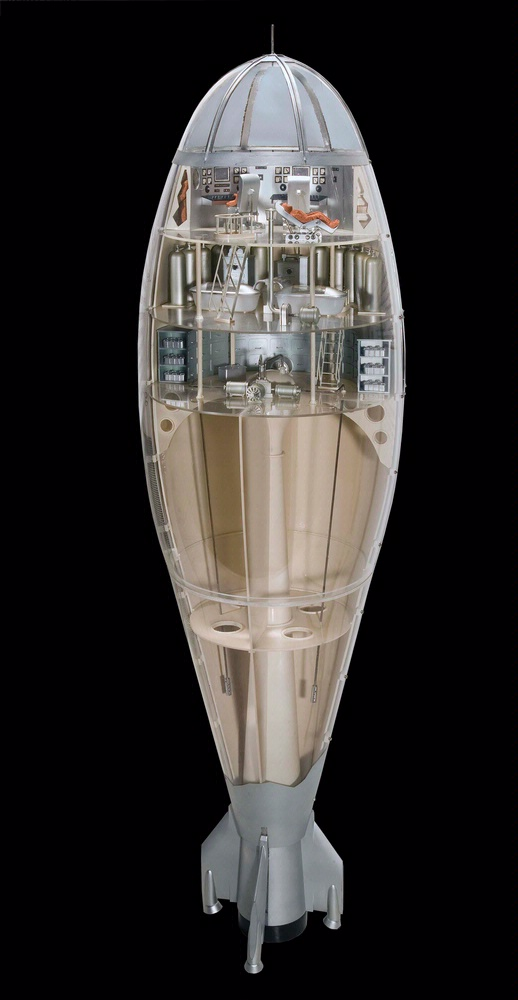
In 1932, Zerkovsky's drawing for the Soviet film "COSMIC VOYAGE" shows a astronaut through a air gate and walks through a air gate.
In 1919, Zolkovsky was selected as Socialist Academy (Socialist Academy, later renamed Academy of Sciences of the U.S.S.R.).
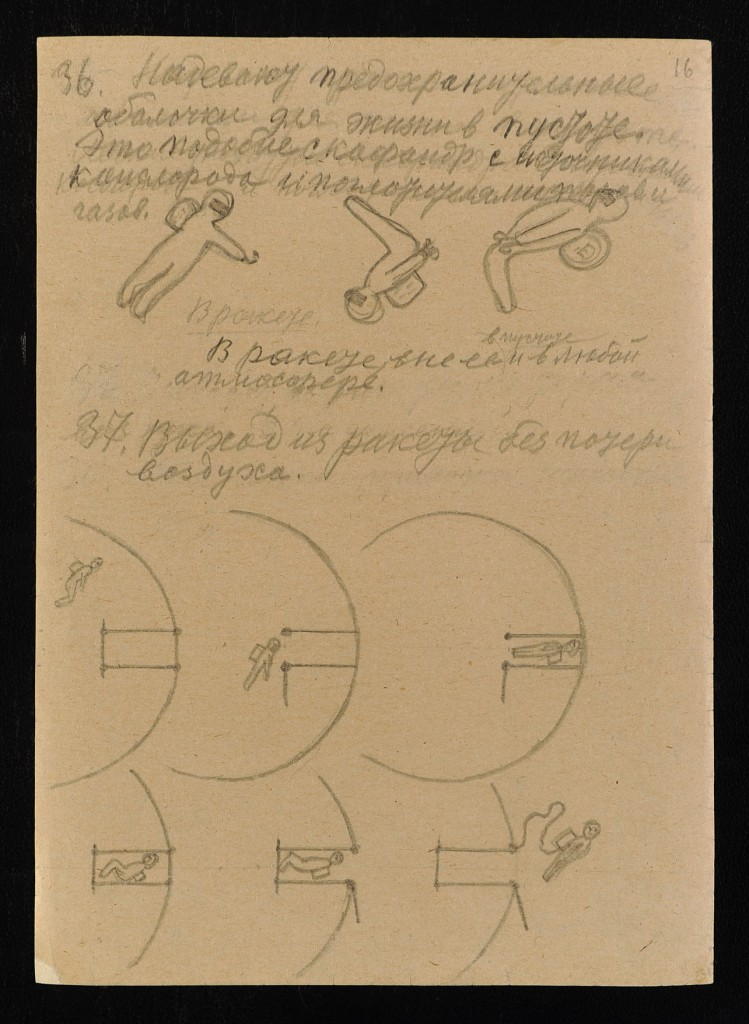
In 1924, Ziolkovsky was selected as the first professor of the Military Aviation Academy of the Soviet Society.
In 1931, Ziolkovsky wrote in his autobiography: "Since childhood, severe deafness has made me completely disregard my daily lifestyle, and therefore lacks 'communication'. This may be that I am 68 years old. Still progress slowly, no reasons for real success. Calm, computing and experiments constitute all my life ... ... The major problems are far from solving. Do I have enough ability or health to turn these thoughts into reality? "
Under the influence of Ziolkovsky's papers and works, a group of rockets and aerospace enthusiasts embarked on the road of aerospace exploration. His achievements have also been widely recognized by Europe and the United States. German aerospace pioneer Hermann OBERTH once said in a letter to Cizolkovsky: "You have ignited the torch, we will never let it go out. Let us do our best efforts to do our best. To realize the greatest dream of human beings. "
Ziolkovsky opened the era of human aerospace. He once said:
"Human beings are still limited, but they have begun to change the surface of the earth. After millions of years, they may get the ability to change the surface, ocean, atmosphere, and even human beings. They will control the climate and solar system like controlling the earth. They will span the boundary of our planet system; they will directly touch the sun and use the fresh energy emitted by the sun directly, instead of using the final light released by it. "
“Men are weak now, and yet they transform the Earth's surface. In millions of years they might will increase to the extent that they will change the surface of the Earth, its oceans, the atmosphere and themselves. They will control the climate and the solar system just as they control the Earth. They will travel beyond the limits of our planetary system; they will reach other Suns and use their fresh energy instead of the energy of their dying luminary.”
At the beginning of the nineteenth century, Ziorevsky believed that humans could gain the ability to change the surface of the earth after millions of years. After just two centuries, humans have achieved huge transformations on the surface of the earth, ocean, and atmosphere on the earth. So in the future, we can unlock the ability to control the solar system? The era of the Great Aerospace is opening
The Soviet lunar nickname and the Apollo plan in the United States have realized human exploration of the moon. In my country, we caught up, from Chang'e -1 to Chang'e 5, realized the "winding, falling, and back" of the moon; Tianwen No. 1, once realized Mars' "winding, falling, and patrol". In the future, we will also have Chang'e 6, the back of the moon; Chang'e VII, the Moon Antarctic Detective; Chang'e 8, with Chang'e VII to complete the technical accumulation for the moon scientific research station. Tianwen No. 2, asteroid detection and sampling; Tianwen No. 3, Mars sample; Tianwen No. 4, Jupiter and ice satellite detection. Moreover, it is also planned to complete the moon landing of the moon around 2030. In the next ten years, it will be the most densely densely tested task of my country's deep space detection.
The National Space Administration has released a video that will cooperate with Russia to create a moon scientific research station in the future. To stay on the moon for a long time, the use of resources and energy must be involved. Where to establish a base, what resources, and how to use it? These are the main business of earth science, and there will be great promising in the future. At the same time, commercial aerospace is full of fire, and many domestic and foreign commercial aerospace companies have sprung up. The future world will need a large number of related field talents.
We are in an exciting era.
Planet science
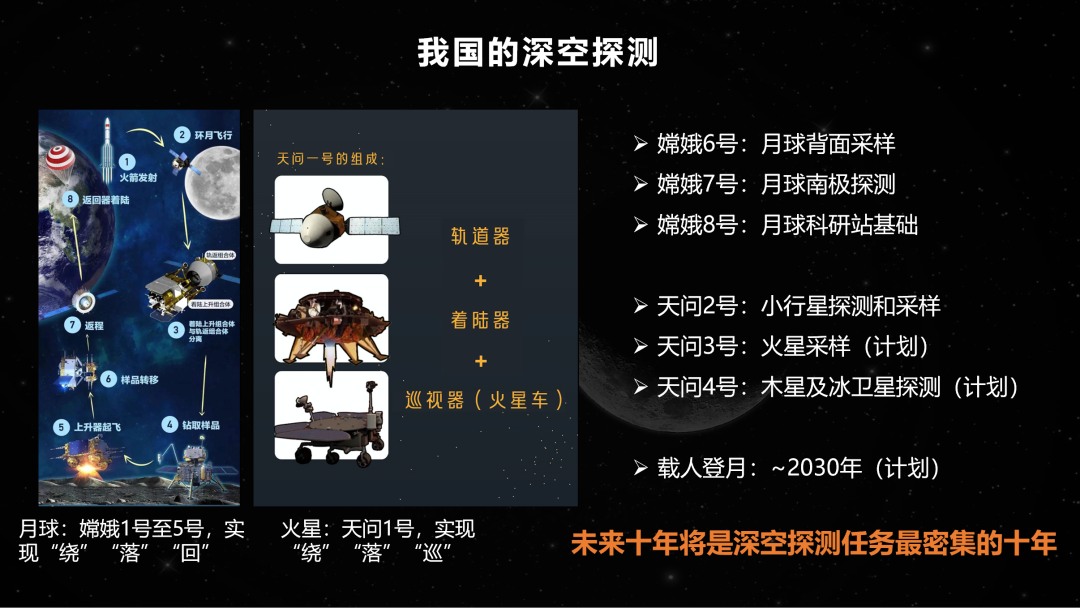
Planet science is an extension of global science and the entrance of deep space detection. After years of hard work, on October 26, 2021, the State Council ’s Degree Committee approved the establishment of planetary science as a first -class cross -disciplinary discipline. On February 24, 2022, the Ministry of Education listed planet science as a new list of undergraduate colleges and universities. The specific situation has been introduced in detail in the article "The Second Anniversary of the Construction of Planet Science First -level Discipline". I won't go into details here.
In the research directions of the planet science, there is an important research direction called comparative planetary studies.
Comparative planet science
What is the study of planetary studies?
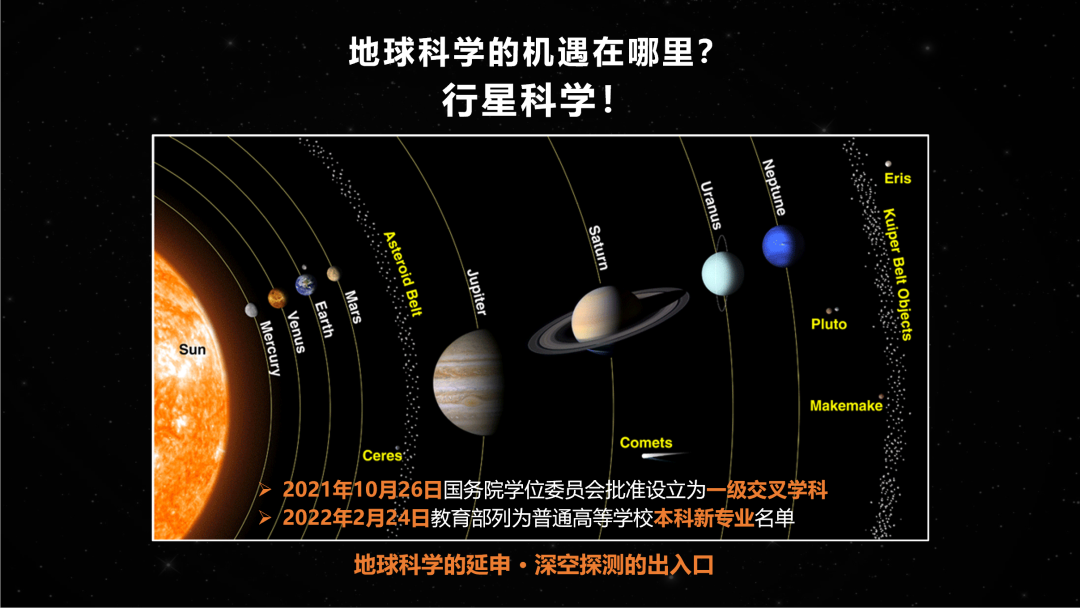
Let's cross one day back to a certain day of 4.6 billion years ago. Strictly speaking, there was no concept of "heaven" at that time, because the earth was not born. A bunch of inconspicuous nebula and dust were disturbed by some kind of disturbance, causing it to start collapsed, and then began to accelerate the rotation to form a nebula. As the central material is getting more and more, the pressure is getting greater and the temperature is getting higher and higher, which has caused nuclear fusion and the sun is born. Looking at the universe, it is just one of countless ordinary sun, but later we know that it is very special because it has us. So what is the initial material state when the sun is formed? The stars of the previous era, from the celebrities and supernovas. What is the distribution of them?
After the sun is formed, the temperature of the sun nebula changes, the temperature near it is high, and the temperature is low away from its temperature. As a result, there must be a boundary in the middle called the "snow line". Within the snow line, water is liquid or gaseous, and outside the snow line, water is solid. So, what kind of material migration will such a process cause? What kind of differences are the internal and external solar systems caused?
Then, the planet began to form. Imagine such a process, the dust began to gather, forming a small star embryo, then a star, and then a small asteroid, the planet. The slightly larger asteroid will be different due to the heat generated by radioactive decay, which will start to form a circle structure. The density iron melt enters the center to form a nuclear, and the density of the silicate melt with low density rises to form a shell. What happened in these processes?
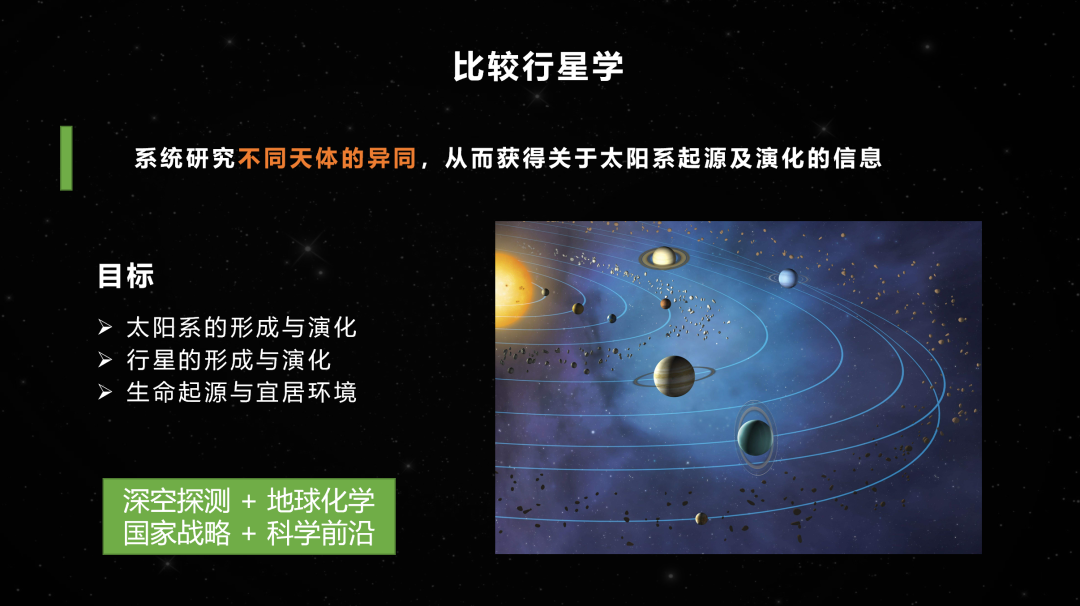
After the formation of planets, they have both the same and unique places. What is the main control factor and what causes differentiation? Is the earth's sector movement unique? Why does Venus have an out of control greenhouse effect?
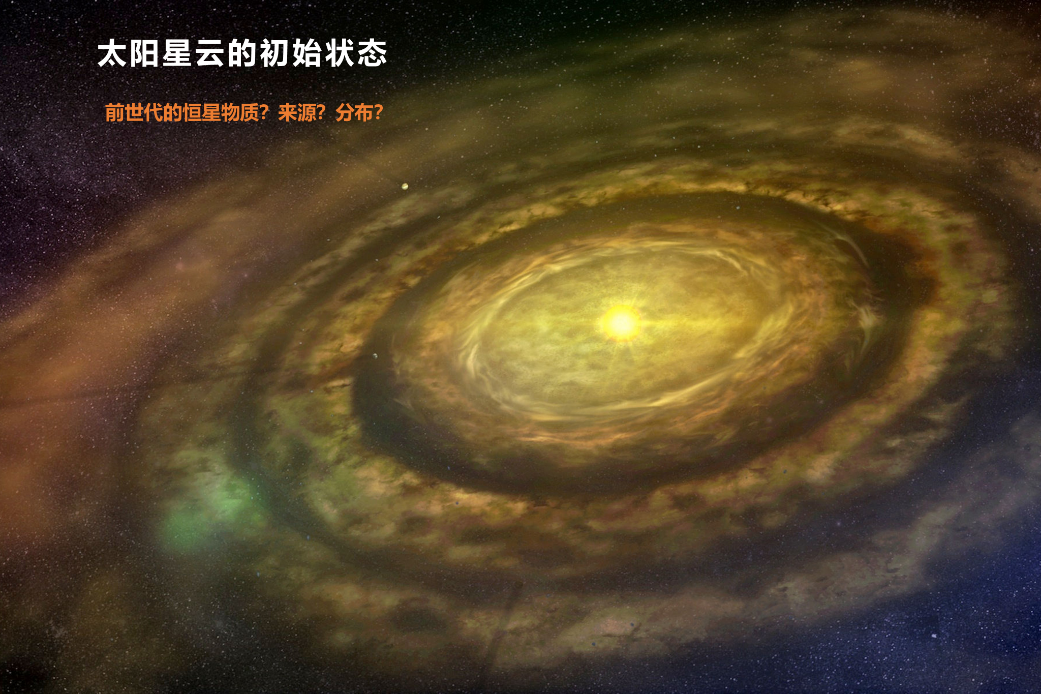
This is not over yet, we have a unique moon. Compared to other moon, it is so big and so fast. Even our mainstream views are recognized that the earth and the moon are formed in a large impact, and in the early days of the magma ocean, that is, the surface is covered by the ocean of hundreds of kilometers of magma. Therefore, the earth-moon is a system and a whole, and the moon has retained a lot of early records. So what happened to the Earth early?
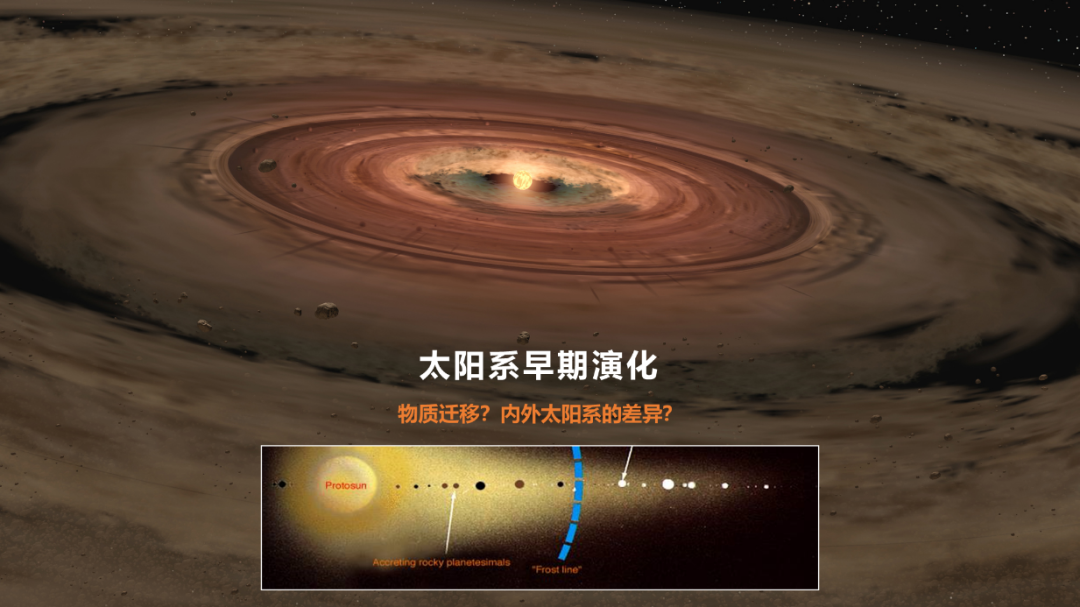
In addition to the early Earth, we also know very little about the earth. Although the structure and ingredients of the deep earth are one of the important issues of solid earth science. But what I want to introduce here is the perspective of comparing planets. For example, we can understand what composition is inside the planet through the simulation of meteorite impact, or the simulation of high temperature and high pressure experiments? What kind of structure does it have?
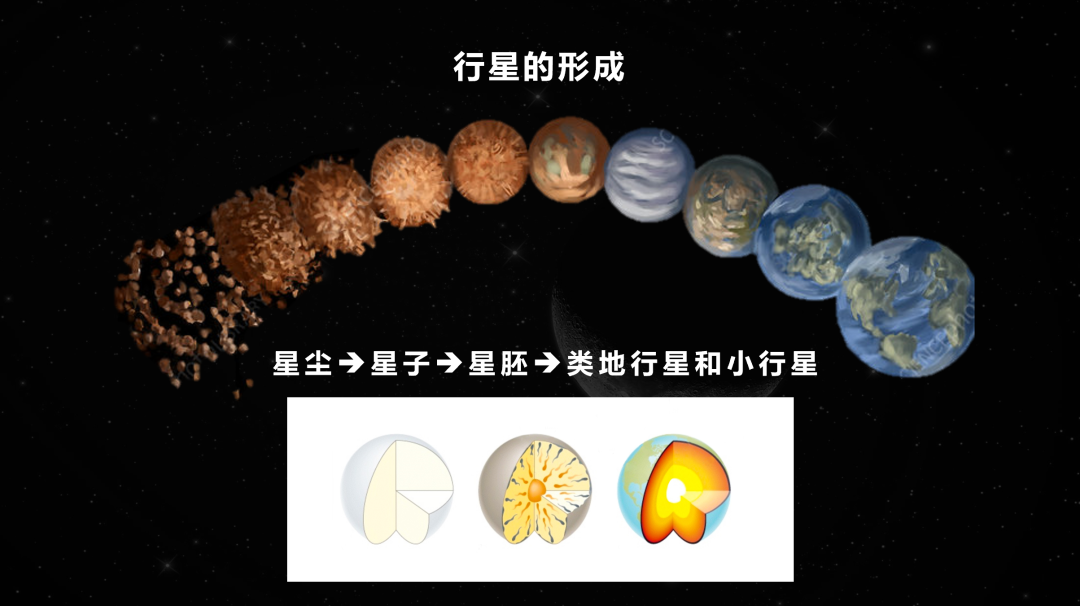
From the sun to the planet to the earth, the reason why it is so special is that there are us and life here. The origin and evolution of life have always been the ultimate problem that plagues us. Although the composition of life can be seen almost everywhere in the solar system, a variety of organic matter is found in the meteorite, and a variety of amino acids are found in the samples of Bird 2. How do these organic matter be formed, how they distribute, and which organic matter is the real biomarker?
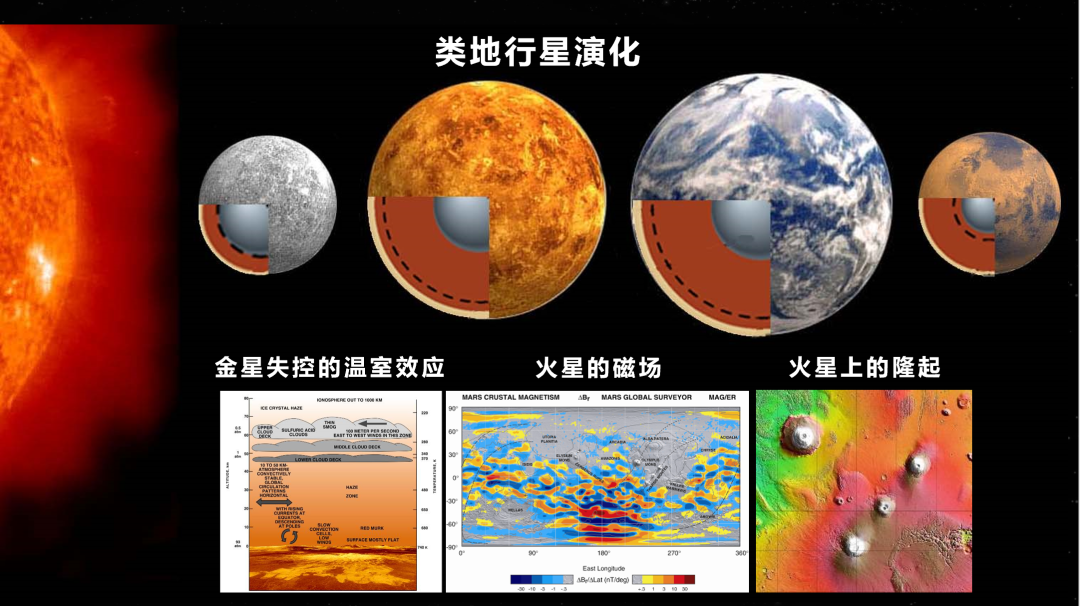
With life, you need to consider the livable environment. So what is a livable environment? Mars, there are ice caps, underground lakes, are suitable for microorganisms? Muwei Er, Tusi, has an underground ocean and even a water and heat system. Can you give birth to life?
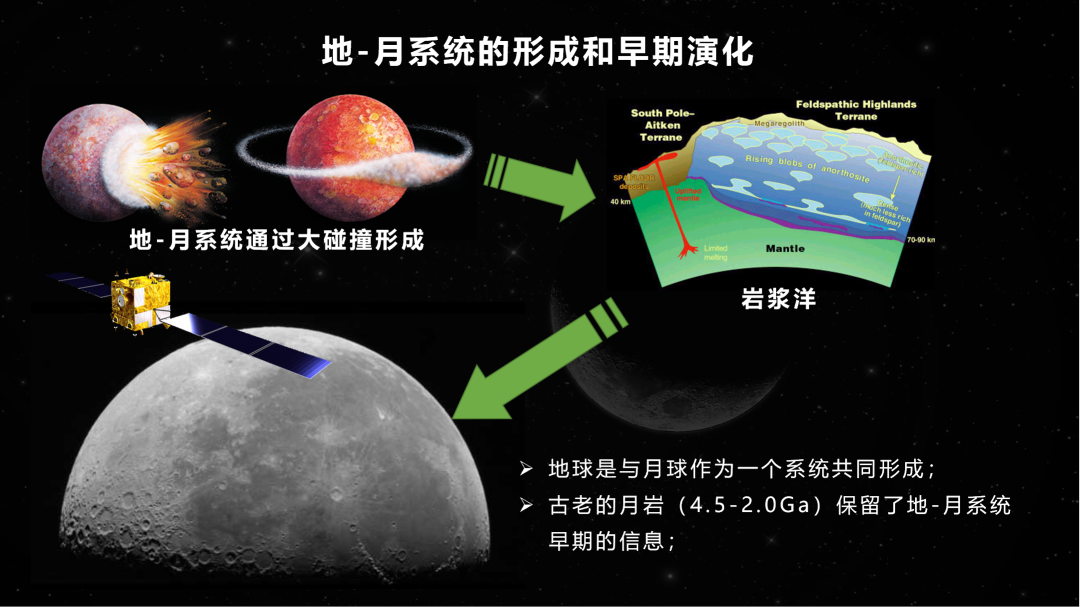
Many of these questions have not found the answer, and everyone still needs everyone to explore. If you are interested in these issues, but suffer from no way, what should you do? The Institute of Geology and Earth Physics of the Chinese Academy of Sciences, the key laboratory of the Earth and Planet Physics Institute, welcomes you for comparative planetary research group!
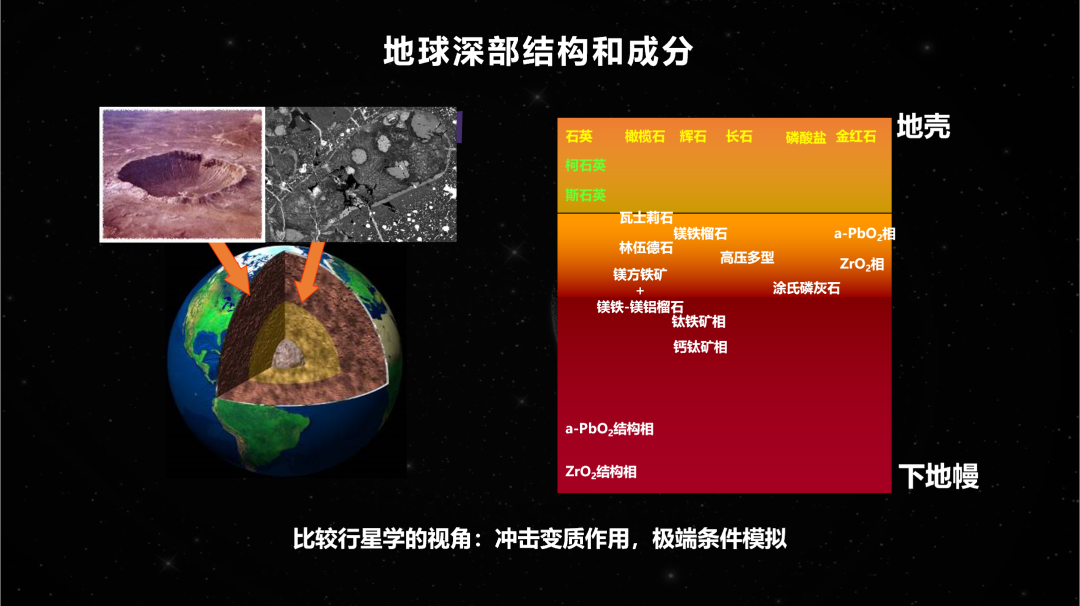
what can you do?
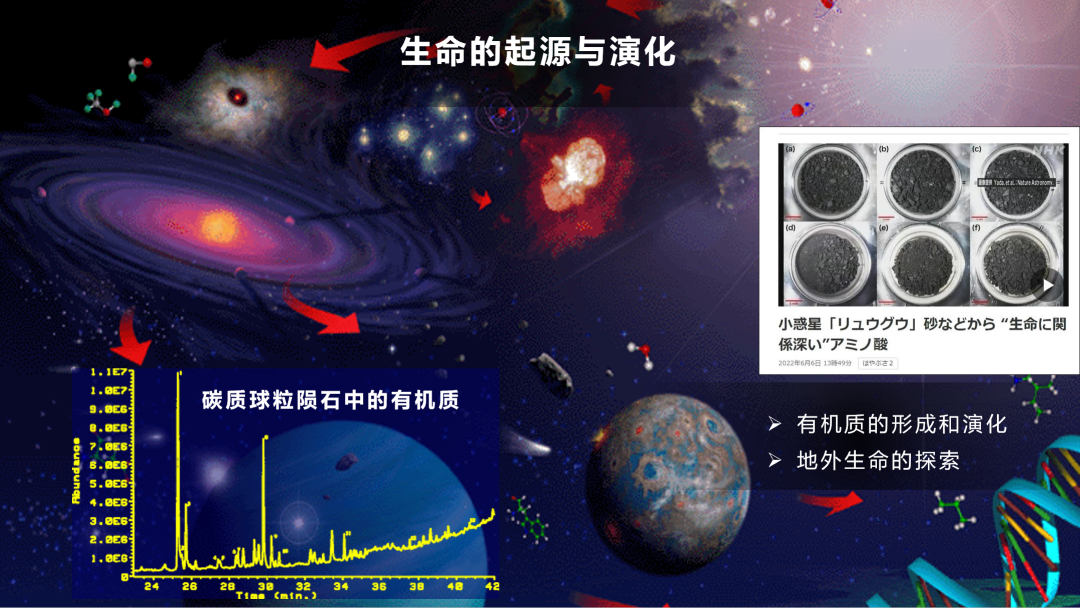
The Institute of Geology and Earth Physics of the Chinese Academy of Sciences, the key laboratory of the Earth and Planet Physics Institute, and the comparison of the planetary subject team leader recruited master's, doctoral students, and post -doctoral students. Undergraduates are also welcome to learn in cooperation.
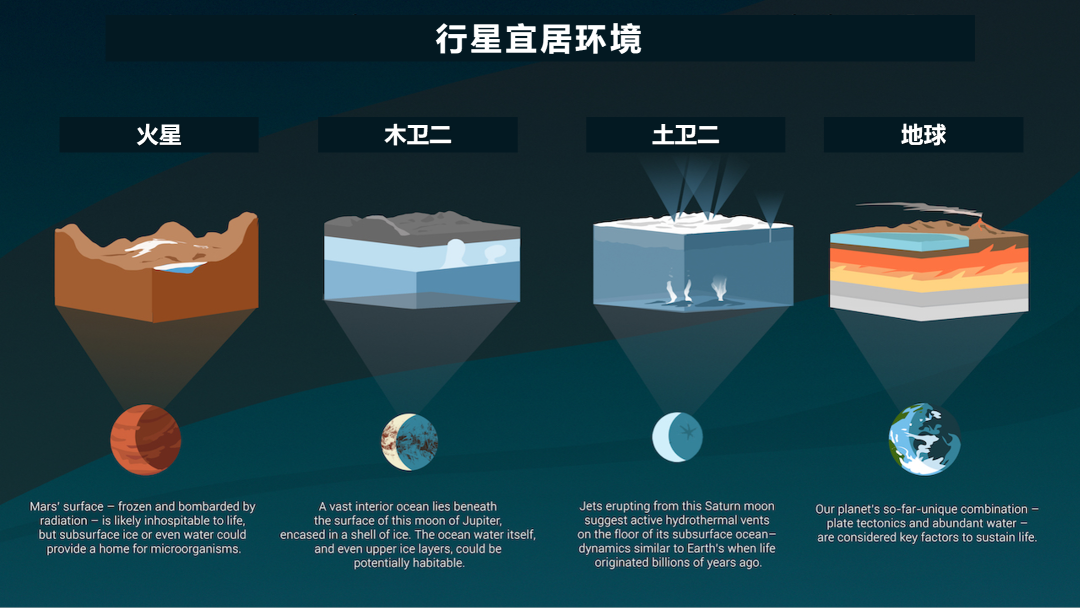
Here, you may not be able to go to heaven, but you can get the first -hand information from the sky, leaving your "footprint" in the journey of human exploration.
You can analyze the position detection data, meteorite samples, and outdoor return samples to obtain information about the evolution of the solar or planet.
Here, you may not be able to go to heaven, but you can rebuild the universe in your heart in the laboratory and computer, and guide the direction for future deep space detection.
You can solve the problem that the detection cannot solve through various simulation methods. For example, the material composition of the planet, the reaction process of celestial chemistry, and the simulation of meteorite impact process.
Here, you may not be able to go to heaven, but your work is likely to go to the sky, becoming a sword in the future deep space detection.
You can do the moon and Mars environment simulation warehouses, you can design sorting devices for the nature of the soil surface of different planets. It can design a sampler for the thin atmosphere of the outside world. Essence
In the near future, the moon will leave the Chinese footprint. Not only that, we also have to build a base on the moon, where to watch stars, the earth, and start the exploration journey of the sea of stars. No matter what you have learned before, you can join us by mathematical and physics, engineering technology, and engineering technology. Let's contribute to human deep space detection.
And, you may not be able to go to heaven. After all, Schmidt also stepped on the moon step by step, isn't it?
Harrison Hagan Schmitt is collecting moon specimens | NASA
references:
Related materials for Schmidt and Ziolkovsky are compiled from online data











Joseph M. Boyce, Peter Mouginis-Mark, Mark Robinson.The Tsiolkovskiy crater landslide, the moon: An LROC view.Icarus, Volume 337, 2020, 113464. https://doi.org/10.1016/j.icarus.2019.113464.
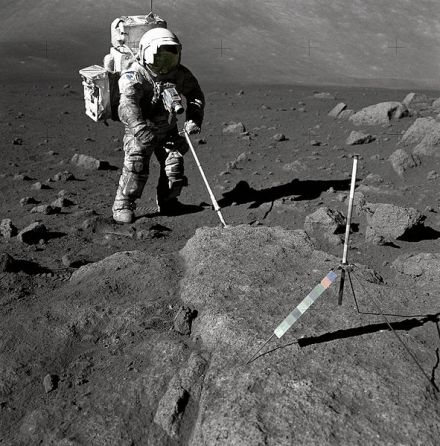
Turner, G., Cadogan, P. Yonge, C. Apollo 17 Age Determinings.nature242,513–515 (1973). Https://doi.org/10.1038/242513b00
Beautiful editor: Xu Hongxi
School pair: Liu Qiang

- END -
Nanjing first announced a new record of fish species!How many types did you see 210 kinds of animals in this manual?
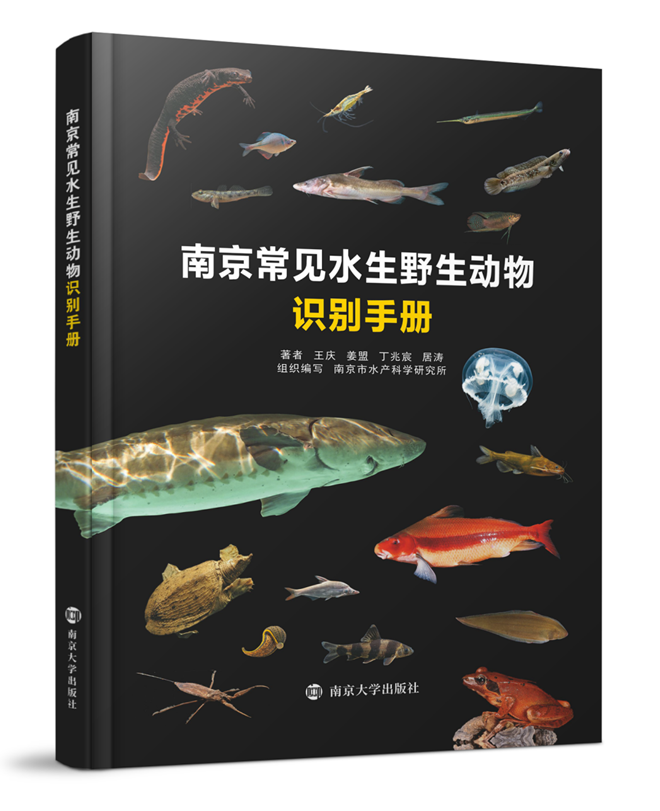
In order to allow more citizens to understand the diversity of aquatic biological ...
Bing Beauty Libabinna Wimbledon won the championship, becoming the third Grand Slam women's single champion from Asia

On the evening of the 9th, Beijing time, the new Grand Slam champion was born here...